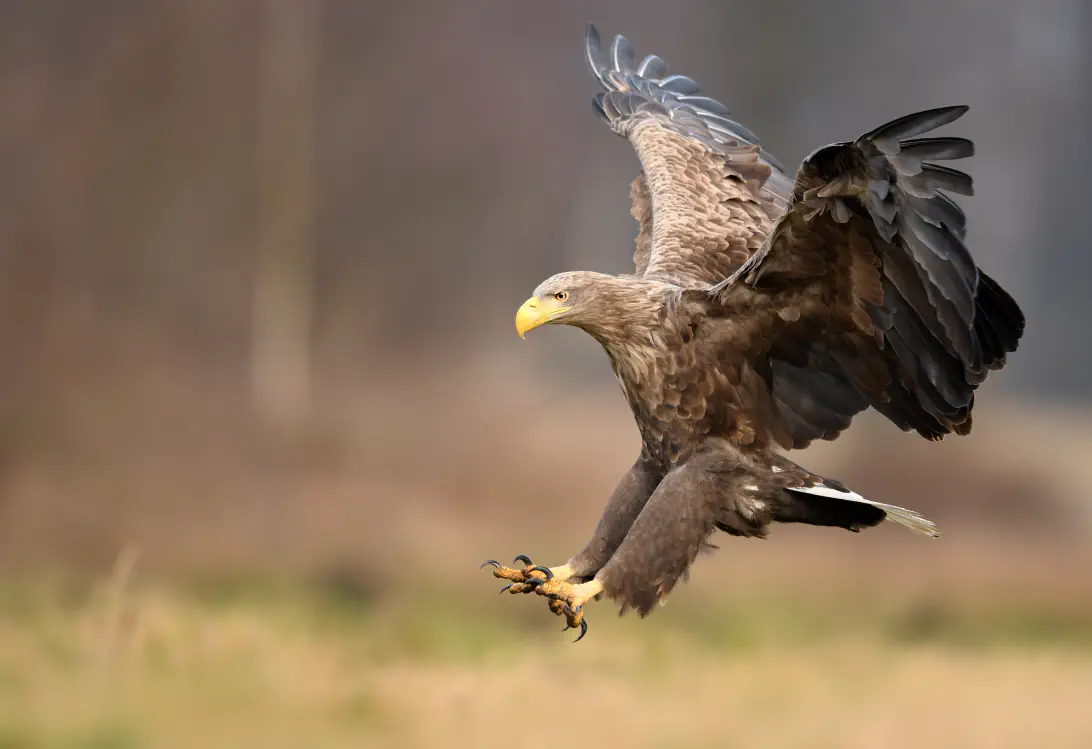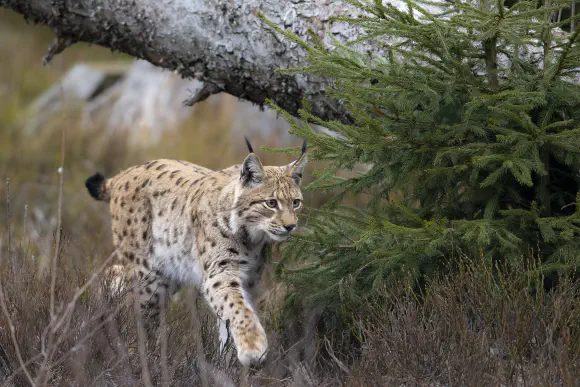White-Tailed Eagles in Cumbria
White-tailed Eagles are the largest native bird of prey in the United Kingdom. Adults can have a wingspan of up to 2.5 meters. They are opportunistic predators and scavengers feeding predominantly on waterbirds, medium to large fish species, mammals such as rabbits and hares and carrion.
White-tailed eagles were once widespread in Great Britain but declined in numbers due to agricultural changes and then became extinct in 1916 through human persecution. white-tailed eagles were once found in Cumbria in abundance, with the last recorded breeding attempt near Haweswater in 1787.
Legal changes and changes in the perception of birds of prey has led to an increase in its populations across the palearctic, but not yet in Great Britain, with all adult birds restricted to breeding on the Scottish mainland and offshore islands.
Initial Exploratory Report
Led by a team of academics at the University of Cumbria, we have contributed alongside the Wildland Research Institute and AECOM to an initial assessment of the feasibility of returning white-tailed eagles to the Cumbria Coast. The results of this initial assessment suggest that there is plentiful habitat available for white-tailed eagles in potential release areas and that such a project would be likely to be ecologically feasible. Cumbria is a location of strategic importance for white-tailed eagles, sitting between Scottish, Irish and Southern England populations which have already been reintroduced, and acting as a potential connection between each of them.
This report was commissioned by Natural England as a first step toward exploring the possibility of returning white-tailed eagles to Cumbria in pursuit of the Local Nature Recovery Strategy and national objectives for nature recovery.
White-tailed Eagle Pre-feasibility Report
White-tailed Eagle Pre-feasibility Report
Proposed Feasibility Study and Local Social Consultation
We are now hoping to proceed with carrying out a full feasibility assessment for the reintroduction of white-tailed eagles to Cumbria, subject to obtaining funding to do so.
This assessment will consider all relevant aspects of feasibility of such a reintroduction, including ecological, social, legal and economic feasibility. It will be carried out in accordance with the IUCN Guidelines on species reintroductions and other conservation translocations and with DEFRA’s new Code of Good Practice Guidance for Reintroductions and Conservation translocations in England. This will include answering some further questions about the ecological suitability of Cumbria for white-tailed eagles and extensive engagement with stakeholders in the local area to ensure that any potential future release would meet the needs of local people as well as local wildlife.
The work will draw conclusions based on the evidence in relation to all key aspects of reintroduction feasibility, including identifying any current barriers to the feasibility of reintroducing white-tailed eagles to Cumbria and making recommendations as to next steps for further investigation, if appropriate.
We expect that this process will take around 18 months once it commences, although that does not necessarily mean that we would seek permission to release white-tailed eagles in Cumbria after that time has passed. Whether we proceed toward releases depends entirely upon the outcomes of the proposed study.
Reintroducing lost species to suitable habitat can have benefits for both biodiversity and nature-based tourism in the area. However, the reintroduction of any species needs to be carefully managed and done in accordance with international guidelines on reintroductions, to ensure that the project works for local wildlife and for local people. These are some of the questions which our feasibility study will seek to address.
Public Surveys on White-Tailed Eagles
Mark Jenkinson, MP for Workington, recently published an online survey regarding white-tailed eagles and some information regarding our work to date. We will be very interested to see the results of this survey, but it is not a part of the formal local stakeholder consultation work mentioned above. Even if the results show broad support in the constituency of Workington or more widely, we would not be moving forward to seek permission for releases without conducting the work described above. The project would provide opportunity for the local communities and stakeholders across Cumbria to find out more, ask questions and express opinions in a structured consultation process.




